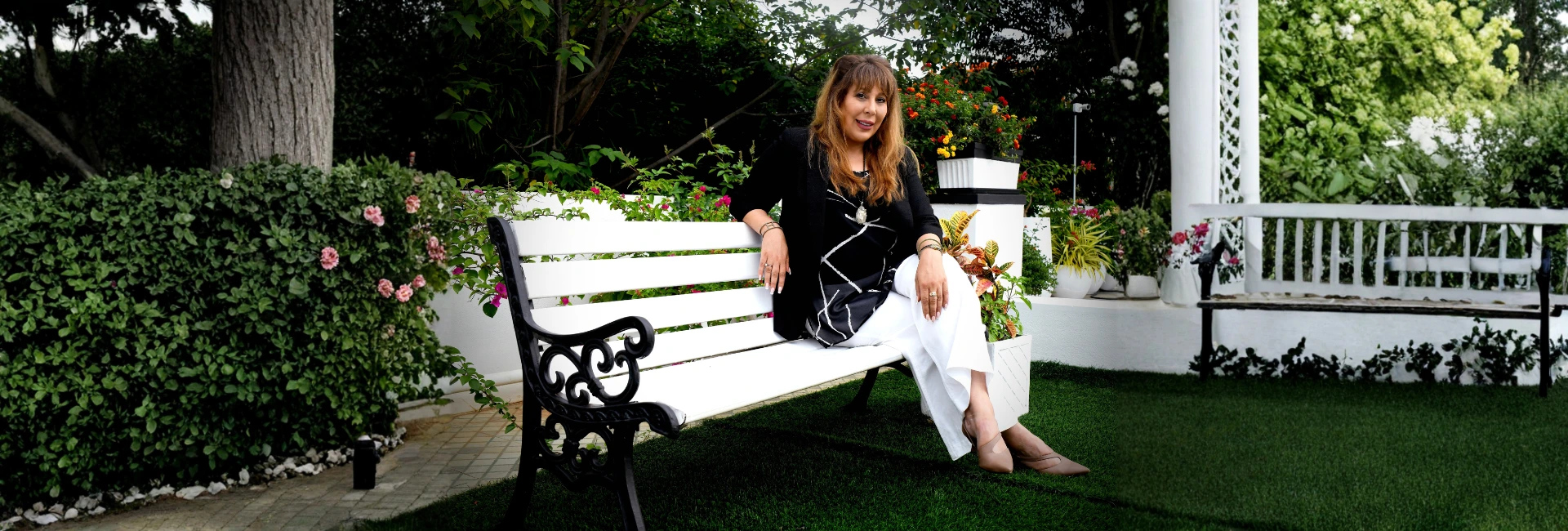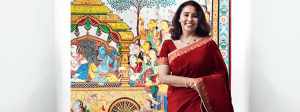(October 30, 2025) Bengaluru’s newest cultural gem, the Miller Museum of Anamorphic Art, is more than a visual spectacle. At its heart lies not just a collection of rare optical illusions, but the enduring love of Cheryl Anita Miller for her late mother, artist and educator Shereen Indrani Miller whose vision now lives on in this one-of-a-kind space.
Leaving behind a thriving aviation career in the U.S., Cheryl returned to India to fulfill her mother’s dream of building the world’s first museum dedicated solely to anamorphic art. The journey, marked by love, loss, and unyielding determination, reflects how personal faith and artistic vision can converge to create something timeless.
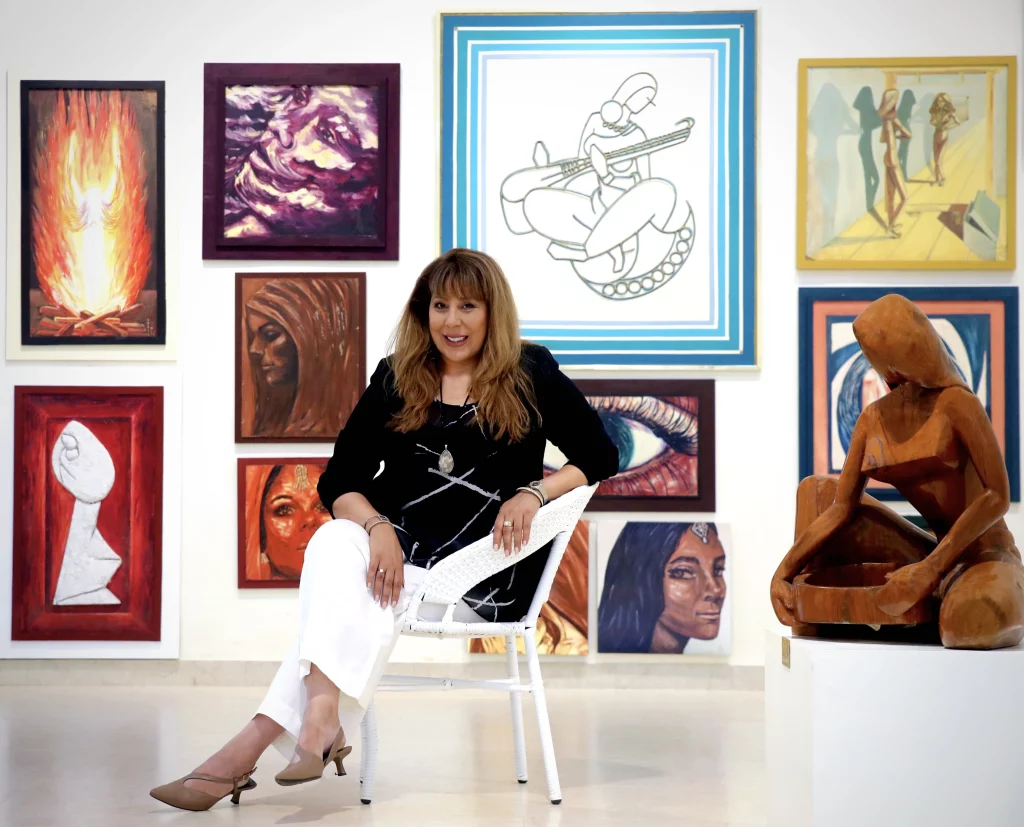
Cheryl Anita Miller
Roots across continents
Cheryl was born into a world shaped by two distinct yet harmonious influences. Her father, Paul Miller, hailed from Dallas–Fort Worth, Texas, while her mother, Shereen Indrani Miller, was an artist and educator from Bengaluru. In 1967, while pursuing her degree in education, Shereen trained under Padma Bhushan awardee Manishi Dey and was chosen from 3,000 applicants for an art assignment at the Gulf Oil Company’s School in Ahmadi, Kuwait. It was there she met Paul, who was then an executive with Gulf Oil’s international operations. They fell in love and got married.
Because of Paul’s engineering work, the family lived in Kuwait, Lagos (Nigeria), and London, before finally settling in the United States when Cheryl was 13. “Growing up across continents exposed me to contrasting cultures and philosophies. From my mother, I absorbed the spiritual depth and creativity of the East; from my father, I learnt the discipline, drive, and practicality of the West,” she tells Global Indian.
After high school in Texas, Cheryl earned her master’s degree in metaphysical science, a field that aligned perfectly with her lifelong curiosity about thought, energy, and unseen forces. Her upbringing filled with travel, art, and cultural exchange instilled both introspection and adaptability. “My mother constantly encouraged curiosity and creativity, while my father grounded me with structure and logic. This dual influence, one soulful, one practical, became the foundation of who I am,” she says.
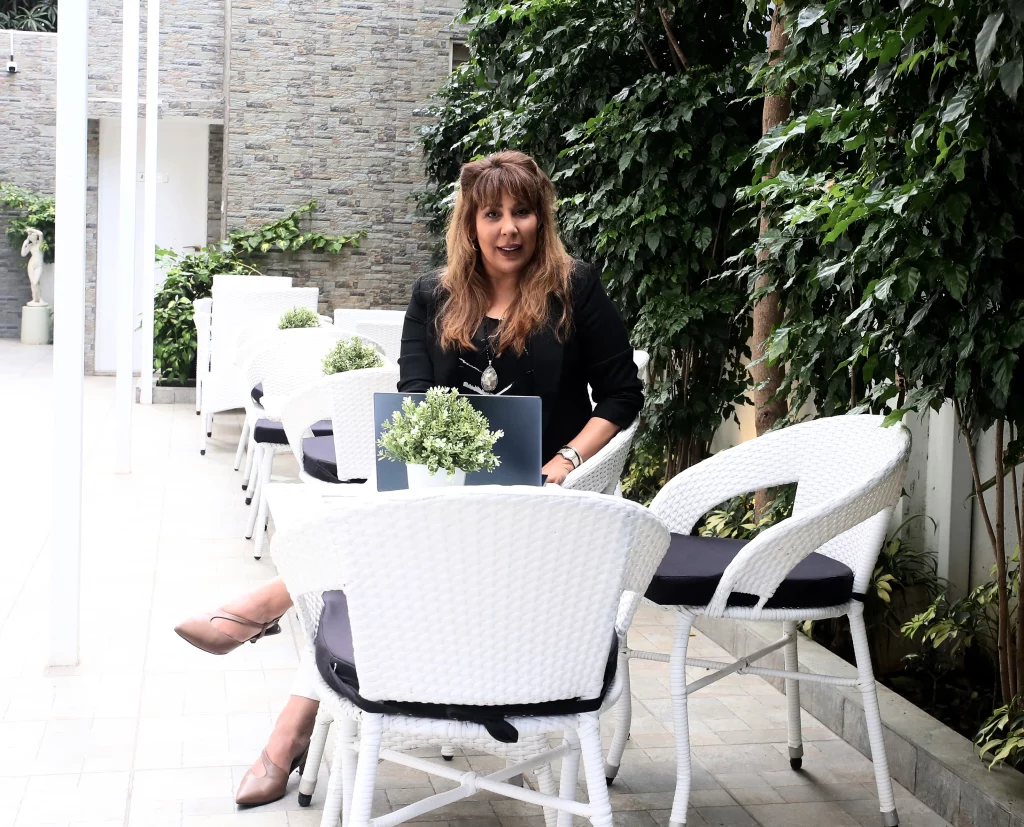
Flying high
While attending college, Cheryl began working part-time for a U.S. airline. It began as a temporary job that evolved into a 25-year career in aviation. She rose steadily through the ranks to become General Manager, overseeing teams and operations in Tampa, Orlando, Houston, Los Angeles, and Dallas.
“Aviation taught me resilience, adaptability, and the art of communication across cultures,” she notes. Managing international teams sharpened her leadership, empathy, and composure under pressure. “The fast-paced environment trained me to think on my feet and handle challenges with clarity. Looking back, it was an education in human behaviour.” Her experience bridging diverse worlds would later prove invaluable when she pivoted toward an entirely different mission rooted in art, legacy, and purpose.
India calling
In 2021, Shereen, then 80, expressed a heartfelt wish to return to her birthplace, Bengaluru, and fulfil her dream of creating the world’s first museum dedicated to anamorphic art. Cheryl made the life-altering decision to leave her established life in Texas and accompany her.
“Leaving Texas was one of the hardest decisions of my life,” Cheryl admits. “I had built a successful career and close friendships, but I knew if I didn’t take that step then, it might never happen.” They moved to India at the end of 2021, during the pandemic years, to begin construction in 2022 on a space embodying Shereen’s belief that ‘art is the meeting point of truth and perception.’
Tragedy struck in April 2023, when Shereen passed away just a month before the museum’s completion. “Losing her at that stage felt unbearable,” Cheryl says, “but I knew her dream had to live on.” Over the next two years, Cheryl immersed herself in every aspect, curating 74 international exhibitions, restoring her mother’s works, designing galleries, and crafting interpretive scripts.
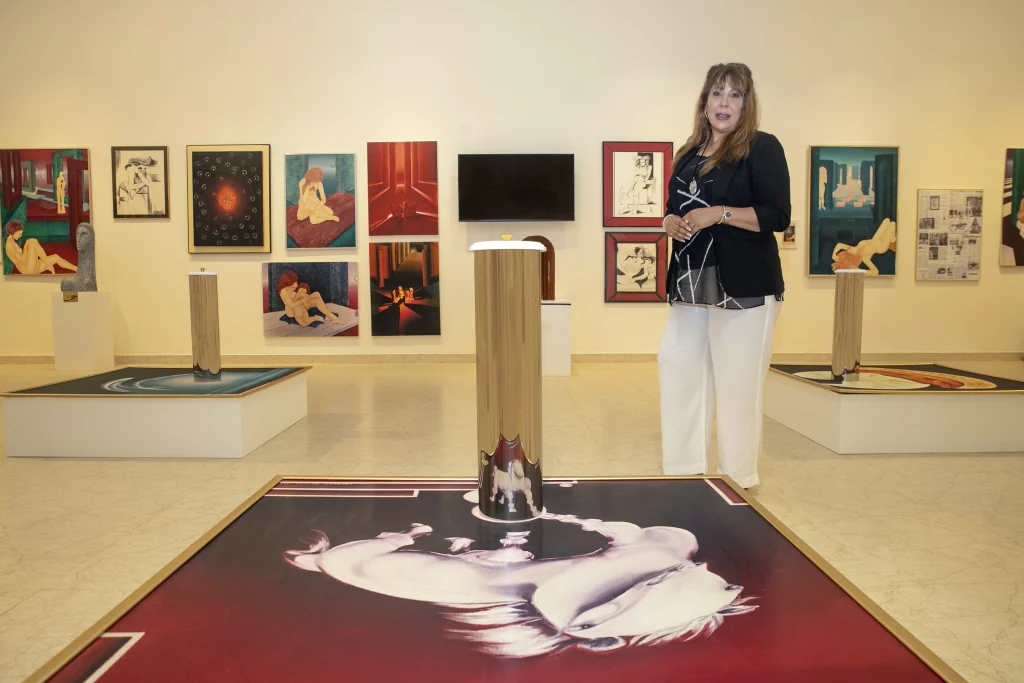
When the Miller Museum of Anamorphic Art opened on September 28, 2025, it became a profound family tribute—September marking her father’s birth month, the 28th her own birthday, and the museum itself an enduring homage to her mother’s legacy. “Every element, from the scent of jasmine and sandalwood to the play of light across the art, reflects her soul,” she says.
A museum like no other
Nestled in Cooke Town, Bengaluru, the museum is the world’s first dedicated solely to anamorphosis which is a fascinating art form that merges geometry, optics, and creativity. Shereen Miller had been a pioneer in reviving this lost Renaissance art during the 1970s in Kuwait. Without formal resources, she mastered the mathematics of distortion and perspective, turning seemingly warped images into perfection when viewed from specific angles or mirrors.
“My life abroad shaped every decision I made for the museum,” Cheryl shares. “Exposure to world-class museums in the U.S. and Europe helped me design a professional visitor experience rooted in Indian authenticity.” Her Western training brought structure and operations, while her Indian heritage infused heart and spirit.
Visitors are greeted by open gardens, the scent of sandalwood and jasmine, and soft instrumental music, creating a multisensory experience that awakens curiosity and contemplation. “Apart from being about my mother’s art, this museum is also about curiosity,” she says. “Her 50-year artistic revolution began with the question, ‘Why?’ I want every visitor to walk out inspired to explore their own curiosity.”
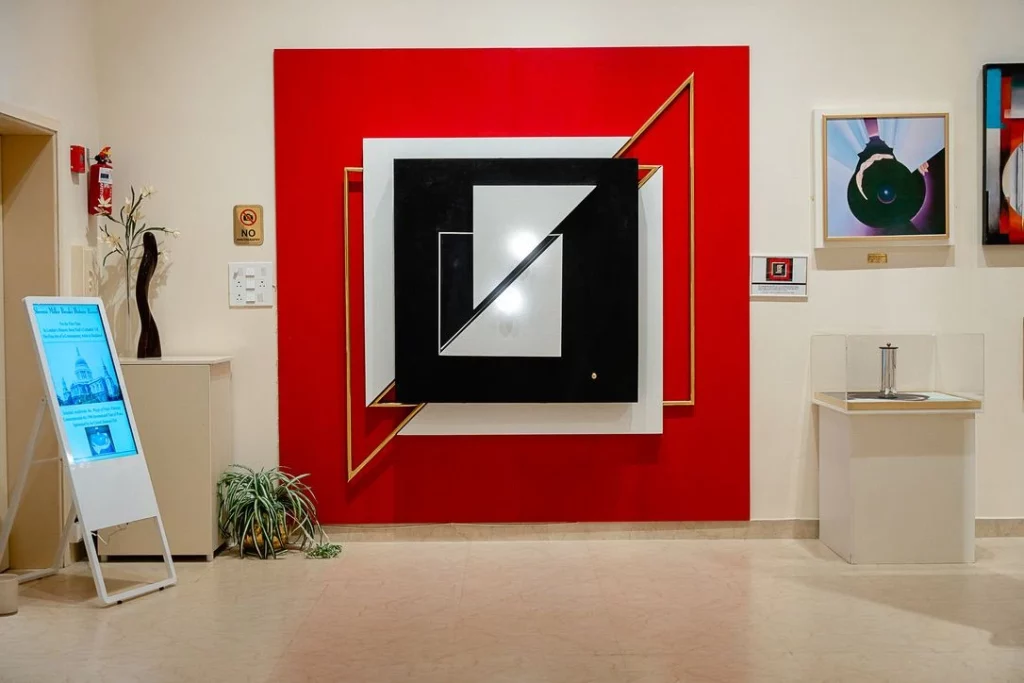
Perseverance and purpose
The journey was far from easy. Beyond logistical hurdles, navigating Indian legal systems, contractor challenges, and financial complexities, Cheryl grappled with immense personal grief. “Without my mother’s physical presence, I had to rely on her spirit, her writings, and my intuition,” she says. Her years in aviation provided a vital emotional compass. “I told myself daily, ‘You’ve faced storms before; you’ll get through this too.’ I learnt to listen to my inner voice, trust timing, and believe that unseen guidance was always present.”
Lessons in leadership and legacy
Cheryl’s advice for aspiring creators is heartfelt: “Trust your inner voice above all else. No one can see your vision the way you do. Take risks, embrace mistakes, and keep going even when the path feels uncertain.”
Her advice to people who want to start something on their own is to trust their inner voice above all else. “No one can see your vision the way you do. There will always be people who doubt you or tell you what you ‘should’ do, but you must remain centred in your conviction. Take risks, embrace mistakes, and keep going even when the path feels uncertain,” she says adding, “When you follow your true purpose, life has a way of aligning the right people and opportunities in your favour. I often tell others ‘If something goes wrong, let it be your own mistake, not someone else’s idea you didn’t believe in.’”
Her late mother remains her guiding light. “Her discipline, intellect, and courage guide me daily. She taught me that art isn’t about ego. It’s about connecting to the universal energy that unites all life. My biggest life lesson is when everything changes, let it. What feels like an ending can be the beginning of something far greater.” Having left behind a 25-year corporate career to build a museum from scratch, Cheryl embodies that belief in transformation and faith.
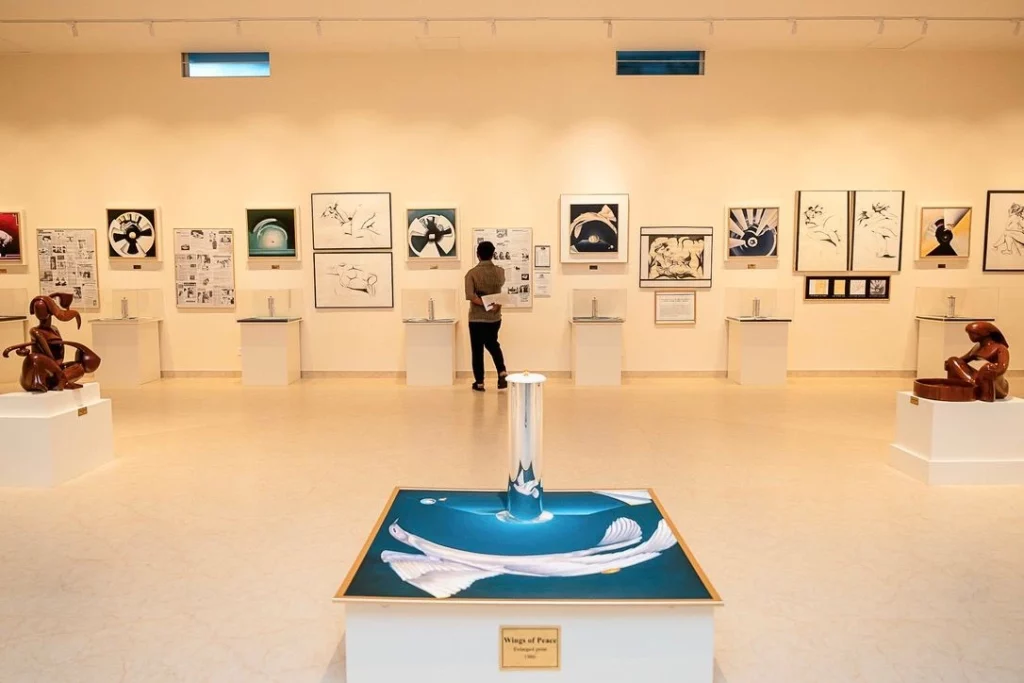
The road ahead
Cheryl envisions the Miller Museum of Anamorphic Art evolving into an international centre for learning and collaboration. Plans include educational workshops that bridge art, mathematics, and perception; academic partnerships with universities across India and abroad; and interdisciplinary programs uniting artists, scientists, and thinkers.
The museum’s terrace and gardens will host cultural evenings, musical performances, and creative gatherings under the stars. In the long term, Cheryl hopes to create travelling exhibitions and digital archives to take her mother’s legacy to global audiences.
“Ultimately,” she says, “I want the museum to remain a beacon of curiosity and inspiration, and a space where art, mathematics, and imagination converge, reminding us that true vision often begins with the courage to look at life from a different angle.”
